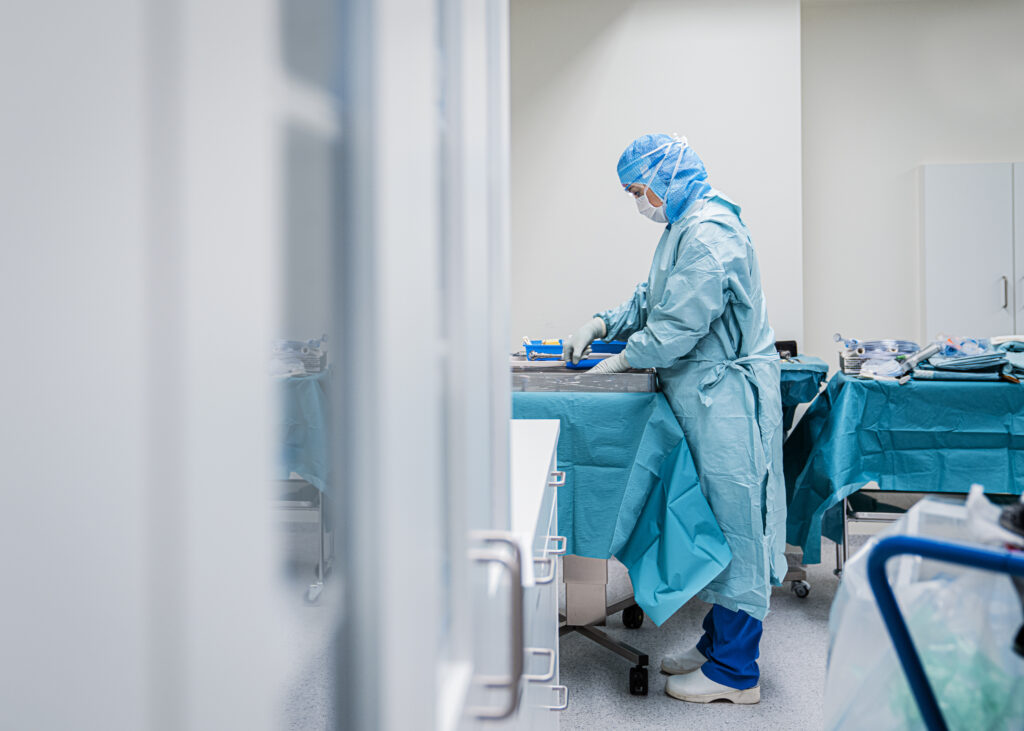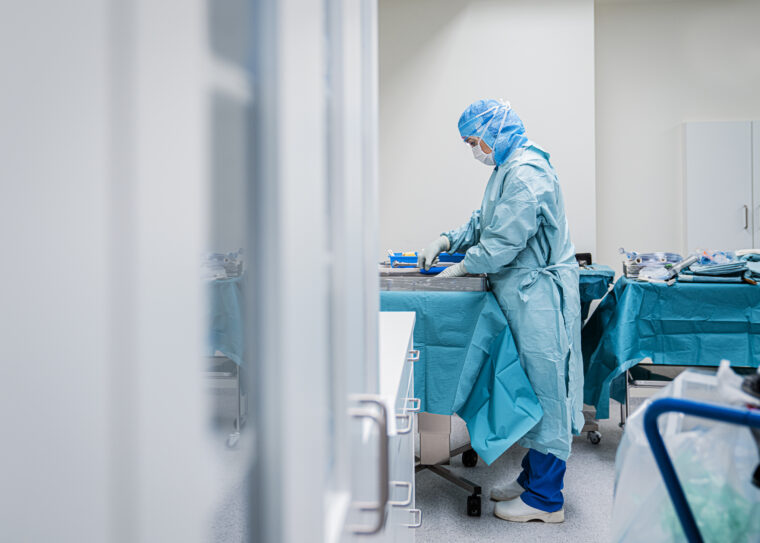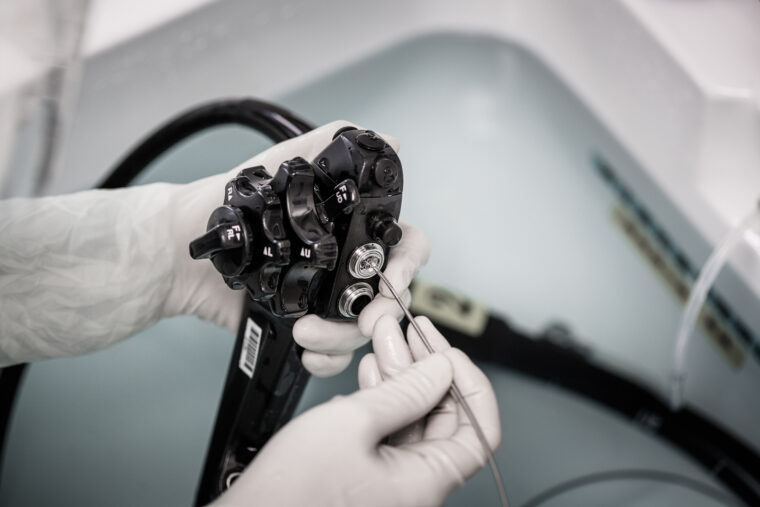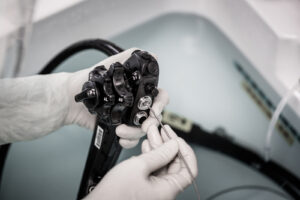 One of the greatest threats to patient safety is healthcare-associated infections (HAIs)—an infection that patients get in a healthcare facility. Data from the Centers for Disease Control and Prevention (CDC) suggests that, on any given day, about 1 in 31 hospital patients has at least one healthcare-associated infection. Every year, more than 1 million HAIs occur in the U.S. healthcare system, leading to tens of thousands of lives lost and costing billions of dollars.
One of the greatest threats to patient safety is healthcare-associated infections (HAIs)—an infection that patients get in a healthcare facility. Data from the Centers for Disease Control and Prevention (CDC) suggests that, on any given day, about 1 in 31 hospital patients has at least one healthcare-associated infection. Every year, more than 1 million HAIs occur in the U.S. healthcare system, leading to tens of thousands of lives lost and costing billions of dollars.
High-quality cleaning, disinfection and sterilization of all medical supplies and equipment is one way to prevent HAIs—but healthcare organizations must also ensure that sterilized supplies and equipment are stored in a way that keeps them clean and sterile.
Research suggests that proper sterilization, packaging and storage can keep supplies and products sterile for long periods of time or even indefinitely. The CDC’s Guideline for Disinfection and Sterilization in Healthcare Facilities (2008) says that “the shelf life of a packaged sterile item depends on the quality of the wrapper, the storage conditions, the conditions during transport, the amount of handling, and other events (moisture) that compromise the integrity of the package. If event-related storage of sterile items is used, then packaged sterile items can be used indefinitely unless the packaging is compromised.”
Furthermore, the CDC recommends, medical and surgical supplies should not be stored under sinks or in other locations where they can become wet. While closed or covered cabinets are an ideal storage solution, open shelving can also be used—as long as sterile supplies are stored at least 8–10 inches from the floor, 5 inches from the ceiling (unless near a sprinkler head, then 18 inches away), and at least 2 inches from outside walls to allow for air circulation and easier cleaning.
CHOOSING THE RIGHT STERILE STORAGE SOLUTION
Sterile storage solutions can be a challenge for healthcare organizations that are already strapped for space. At Storage Systems Unlimited, we offer a variety of stainless steel products and storage solutions to help maximize space and efficiency and keep sterilized products safe for use.
1| OR CABINETS
When patients are in the operating room, they are at a high risk for infection. Keeping products clean and sterile until they are ready for use is critical. Stainless steel operating room cabinets don’t retain moisture and can be sanitized often, while keeping the sterilized products inside safe for use. Storage Systems Unlimited offers a variety of operating room cabinets made of stainless steel and with glass doors, which help employees see what is inside without frequently opening and closing the doors.
2 | Endoscopy Cabinets
Endoscope-associated infections are a common type of HAI. In 2021, the American Journal of Gastroenterology issued an analysis of studies published from 2010 to 2020 that revealed nearly 20% of reprocessed patient-ready gastrointestinal endoscopes may be contaminated with microorganisms. That’s why it is so important to store reprocessed endoscopes correctly. Storage Systems Unlimited offers several models of endoscope cabinets, including Harloff’s scope cabinet, which holds 14 scopes and features a HEPA filter, two high-volume intake fans and one exhaust fan, and an easy-to-clean removable drip tray.
3| Case Carts
Case carts “help to safeguard the sterile integrity of surgical instruments and supplies until they’re ready for use in a procedure,” according to an article in Outpatient Surgery Magazine. When sterilized items are needed in the operating room or other area of the hospital, employees can transport them in the case cart to reduce the number of times the items are handled and avoid damaging packaging.
4 | Stainless Steel Work Tables
When it comes to work tables, stainless steel is the safest choice. It is nonporous, meaning germs and bacteria can’t settle on the table. Storage Systems Unlimited offers several stainless steel work tables that can be used as prep and pack tables for the sterile processing department. Blickman’s work tables (available through Storage Systems Unlimited) are 34 inches tall, designed to reduce back stress for employees.
Storage Systems Unlimited is your one-stop shop for storage solutions for sterilized medical instruments and devices. Need more guidance on selecting the right storage solutions for your hospital or department? We can help assess your needs and answer your questions. Contact us at 1-888-614-0004 or request a quote here.











